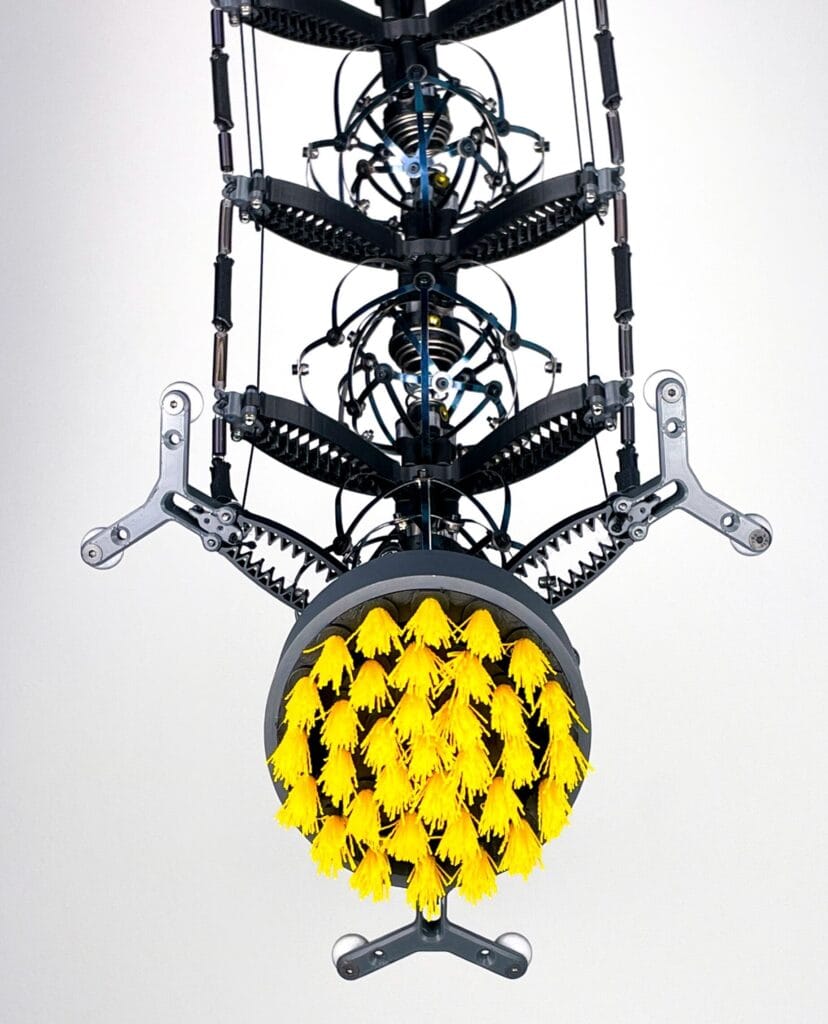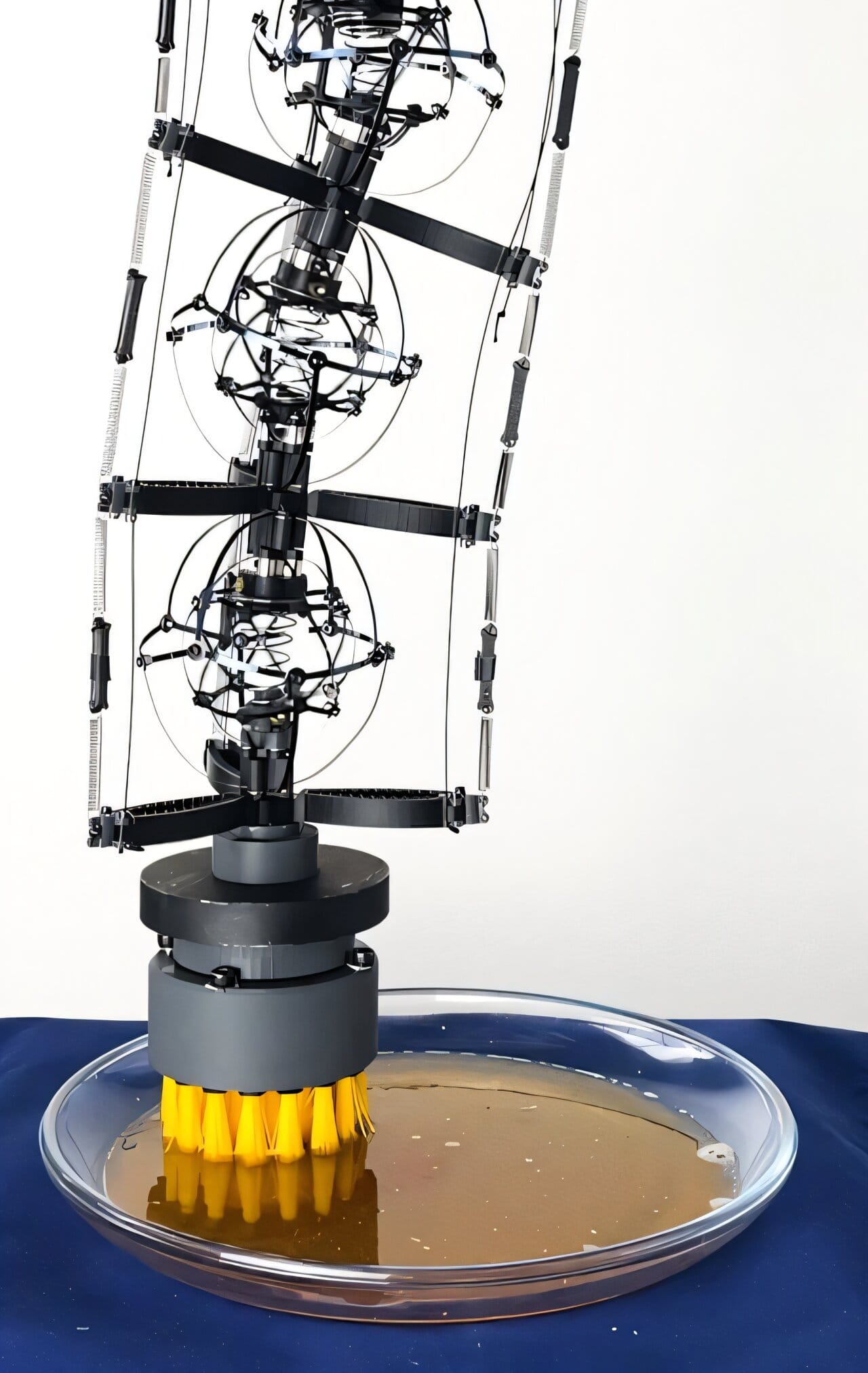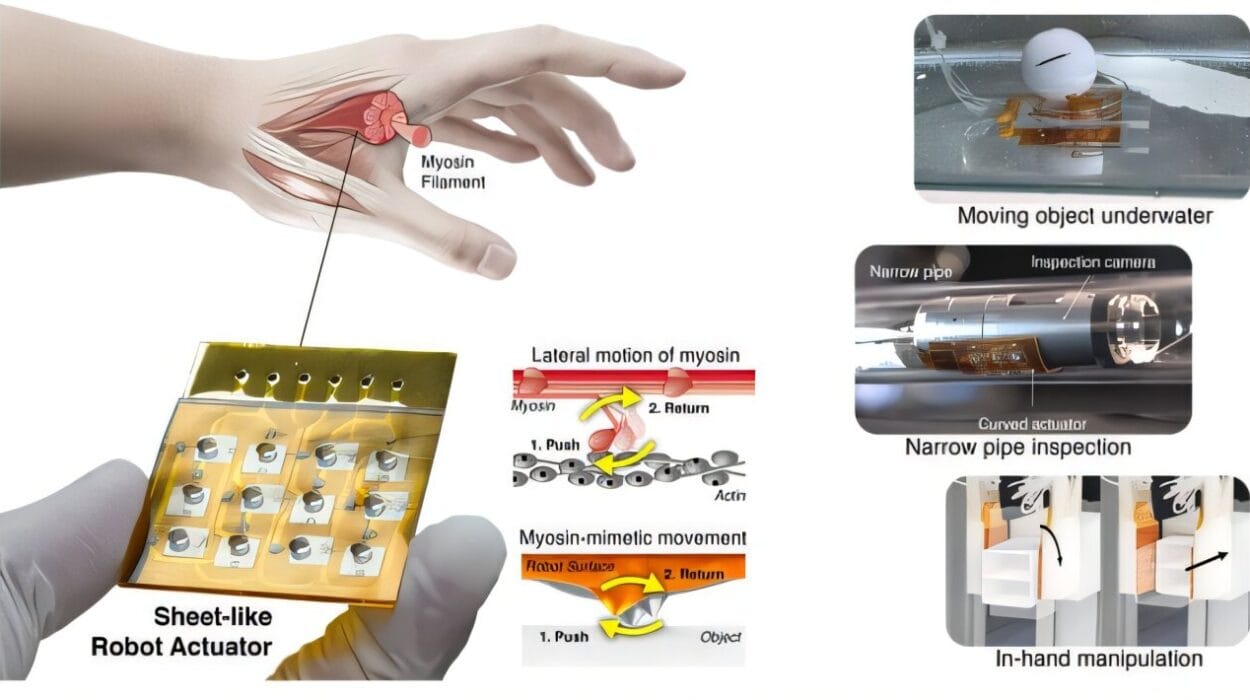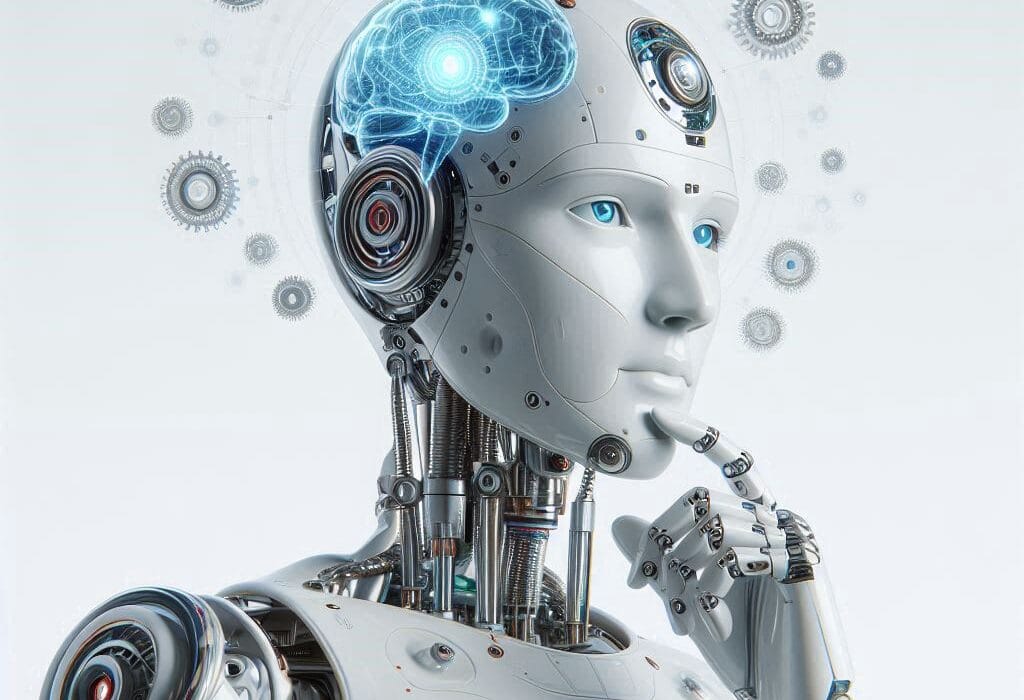For decades, the dream of robotic housekeepers has glimmered on the edge of reality—images of mechanical helpers dusting furniture, cooking meals, and folding laundry have long filled science fiction and human hopes alike. But in the real world, that dream has mostly materialized as autonomous vacuums quietly sweeping crumbs from beneath couches.
That is, until now.
At Northeastern University, a team of engineers led by Jeffrey Lipton has taken a leap toward that long-awaited future. Their invention, known as SCCRUB, is a soft robotic arm capable of scrubbing surfaces with surprising strength and precision. With the power to clean burnt, greasy, and grimy messes from common household surfaces—without posing a danger to the humans around it—SCCRUB may be the most practical step yet toward truly helpful domestic robots.
“This robot doesn’t just sweep. It scrubs,” said Lipton, lead researcher and senior author of the study. “And it does so safely, flexibly, and powerfully.”
Inspired by Mess, Designed for Safety
It all started with a spark of curiosity—and a mess.
After developing a soft robotic arm with enough torque to mimic the strength of a handheld drill, Lipton and his team began brainstorming real-world applications for their invention. They didn’t have to look far. A quick glance through Amazon’s top-selling accessories for home drills revealed something familiar: scrubbing brushes.
“That was our lightbulb moment,” said Jakub F. Kowalewski, the project’s lead author. “Scrubbing is one of those universal chores everyone hates, and it’s physically demanding. You always think—why can’t a robot be doing this?”
But designing a robot to scrub isn’t as simple as bolting a brush to a motor. Many robotic arms with enough power to clean stubborn stains are heavy, rigid, and potentially dangerous in human spaces. That tradeoff between power and safety has long limited the use of cleaning robots in homes.
SCCRUB changes that. Built from a modular system of flexible, torque-transmitting joints, the robotic arm offers the best of both worlds: strength and softness.
Meet SCCRUB: A Soft Robot with a Hard Grip
At the heart of SCCRUB is a novel mechanical structure called a TRUNC cell—short for torsionally rigid universal coupling. These cells can bend, twist, and flex, while still delivering forceful torque along their length. When stacked together, they form a robotic arm that’s both lightweight and powerful, capable of safely interacting with humans while cleaning like a machine.

“Think of it like building a spine that’s made of muscle and nerves,” Lipton explained. “Each segment can move independently, but together, they act with coordinated force.”
To make SCCRUB actually scrub, the researchers attached a counter-rotating bristle brush—a design feature that allows the arm to stay pressed against surfaces even when friction pushes back. This design was inspired by industrial scrubbers, but refined for use in kitchens and bathrooms.
“The brush uses a planetary gear box to rotate in opposite directions,” said Alyssa Ugent, one of the co-authors. “This cancels out the frictional forces that usually make it hard for soft robots to keep pressure on a surface.”
And beneath it all runs a machine learning-powered controller, trained to calculate the perfect set of movements for the flexible robot. It accounts for the arm’s bendable nature, ensuring it hits the right angles, positions, and pressure points—no matter the surface or shape.
From Ketchup to Toilets: Testing in the Real World
In a series of delightfully messy experiments, the researchers put SCCRUB to the test.
They began by microwaving a glass plate smeared in ketchup—something any college student or busy parent might recognize. Then they applied blueberry fruit preserves to a toilet seat, testing how well the robot could handle the most stubborn stickiness in an unusual setting.
In both cases, SCCRUB removed over 99% of the residue. That’s not just clean—it’s clinical.
What makes these tests significant isn’t just that they worked. It’s that SCCRUB completed them in environments built for people—not sterile, robotic testbeds. The robot didn’t need a carefully prepped surface. It cleaned real messes in real ways, in spaces where humans live and work.
“Our soft arm can work around people and be powerful at the same time,” Lipton said. “It’s the kind of robot you can have in your home without fear—but with real usefulness.”
Beyond Cleaning: A Vision for Shared Spaces
Though SCCRUB was born from the desire to eliminate a universally hated chore, its implications reach far beyond kitchens and bathrooms.
“This is really about how we build robots that share our world,” said Kowalewski. “For too long, robots have either been too dangerous for homes or too weak to help. SCCRUB shows a new way.”
Imagine a future where such robotic arms assist elderly individuals with bathing or help people with limited mobility prepare meals. Picture hospital robots gently sanitizing surfaces, or industrial workers supported by soft machines that reduce physical strain.
The key is safe power—a robot that can deliver strength without being a threat. That’s what the Northeastern team believes SCCRUB represents.
“It’s not just about automation,” Ugent added. “It’s about co-habitation—robots and humans sharing space, safely and efficiently.”
From Lab to Laundry Room
While SCCRUB is still in the prototype stage, the research team has bold ambitions. They plan to expand the robot’s capabilities, teaching it to tackle a wider range of household tasks. Cooking, folding laundry, perhaps even loading the dishwasher—these are the frontiers they hope to cross next.
But before that can happen, further refinements are needed in control systems, affordability, and durability. After all, home robots must be not only capable—they must be reliable and accessible to ordinary people.
Still, the team remains optimistic.
“I hope to one day see soft robotic arms safely assisting humans across a wide range of settings, from industrial environments to everyday domestic tasks,” said Kowalewski. “This is just the beginning.”
A Gentle Revolution in Motion
SCCRUB doesn’t wear a face or speak in friendly tones. It doesn’t resemble the humanoid butlers of science fiction. But in its soft coils and bristled grip, it carries a promise more profound than any android fantasy: a future where robots serve not by replacing us, but by helping us live better.
It is the beginning of a quiet revolution—one that starts, fittingly, with a little scrub.
Reference: Jakub F. Kowalewski et al, SCCRUB: Surface Cleaning Compliant Robot Utilizing Bristles, arXiv (2025). DOI: 10.48550/arxiv.2507.06053






